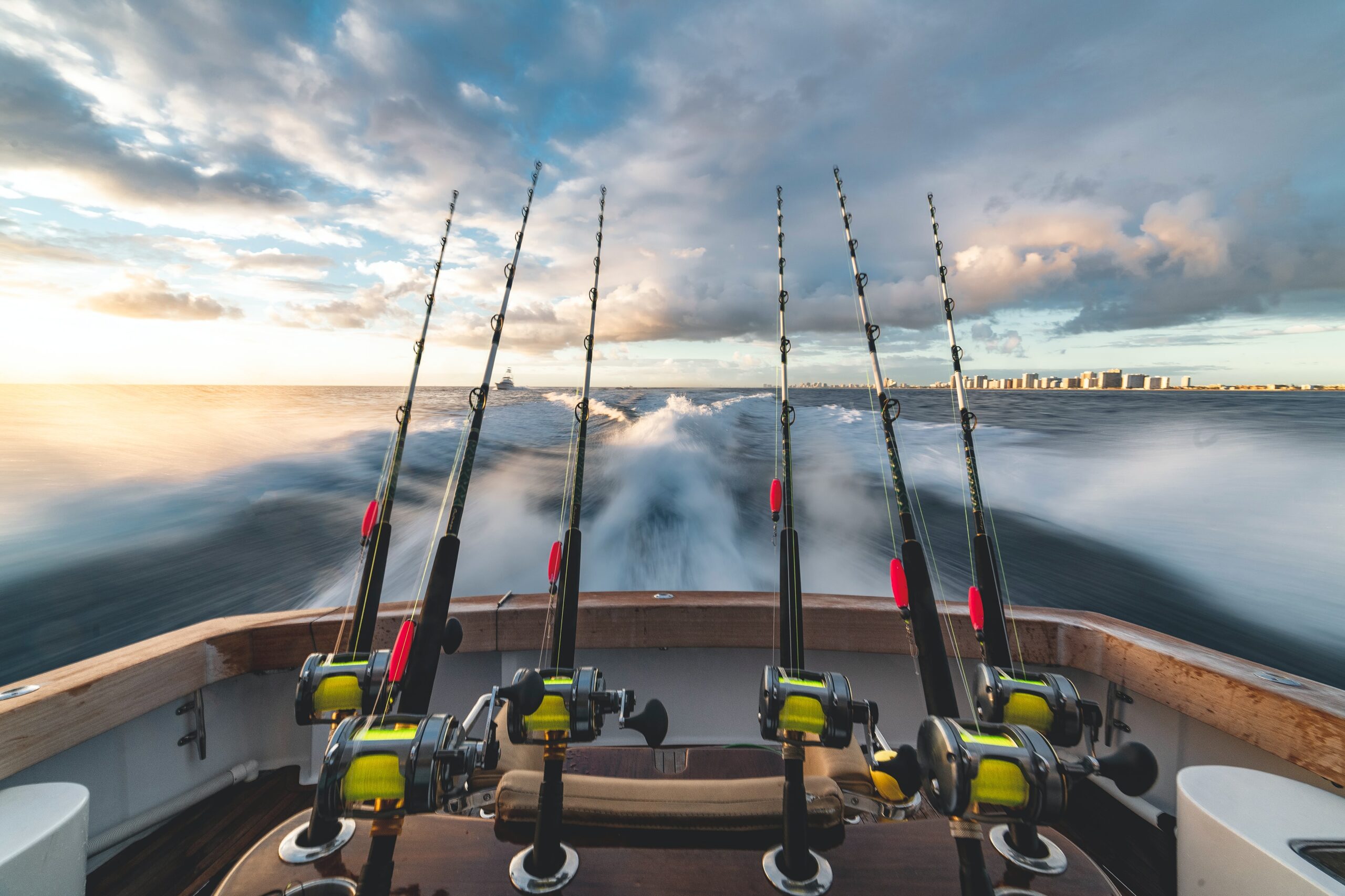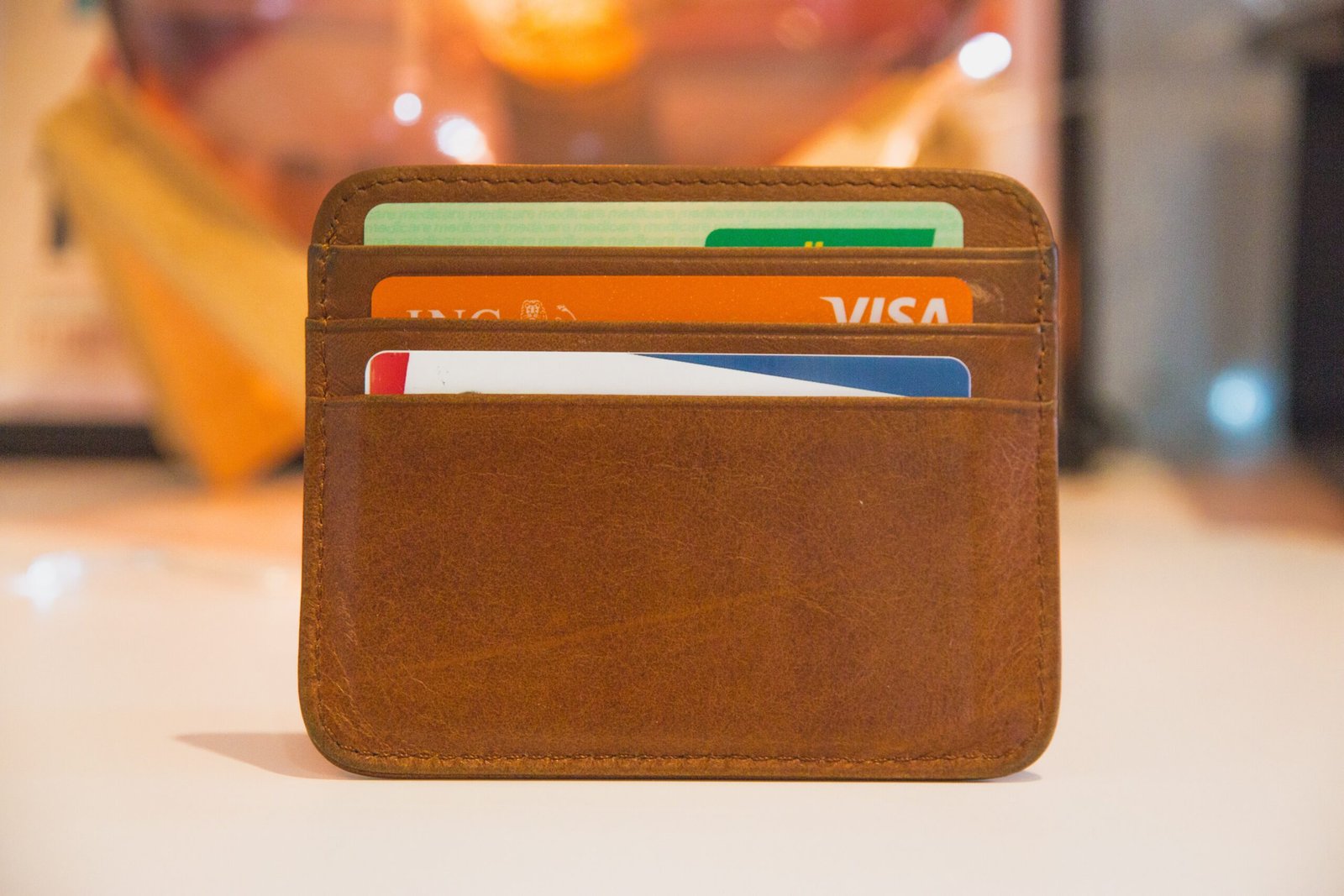
The Type Of Equipment Needed For Micro-Fishing
Are you interested in micro-fishing? If you’re looking for a new and exciting fishing hobby, micro-fishing may be just what you’re looking for!
You can do this type of fishing with basic equipment, and it’s a great way to get started in the sport.

This article will discuss the types of equipment you need for micro-fishing, as well as some tips on getting started. Here is the list.
Rod and Reels
One of the main pieces of equipment you’ll need for micro-fishing is a rod and reel. You can find rod and reel combos designed explicitly for micro-fishing, or you can use an ultralight spinning setup. It is essential that you find the top fishing products that will perfectly fit your needs. So make sure to do your research before making a purchase. You can start by reading online reviews from other micro-fishers and checking reviews from reliable retailers.
When purchasing rods and reels, there are several factors that you need to note. The weight and action of the rod are essential, as well as the size of the reel. You’ll also want to consider the type of line you’ll use. For micro-fishing, it is recommended that you use a braided line or fluorocarbon leader, as they are strong and have a little stretch. Ensure that the line you choose is rated for the weight of fish you plan on catching.
Lines and Hooks
The next thing you’ll need is a line and hooks. For micro-fishing, you’ll want to use a very light line, typically between two and six pounds. As for hooks, you can use standard bait hooks or flies. Again, it’s essential that you do your research to find the best hooks for your needs. You can also find special micro-fishing hooks designed specifically for this type of fishing.
Lines and hooks are best used in conjunction with each other. For example, if you’re using a baited hook, you’ll want to use a lighter line so the fish can feel the bait. If you’re using a fly, you’ll want to use a heavier line so the fish can’t see the fly. It’s essential to experiment and find what works best for you. You can find these items at most fishing tackle shops.

Tackle Boxes
Another piece of equipment that you will need is a tackle box. This is where you will store all of your lures, hooks, and lines. Many types of tackle boxes are available on the market, so you must find one that fits your needs. Micro-fishing tackle boxes are typically smaller than standard fishing tackle boxes, as they don’t need to hold as much tackle.
Tackle boxes come in various materials, such as plastic, metal, and wood. You’ll want to choose a material that is durable and easy to clean. Plastic tackle boxes are typically the most affordable option, but they can be challenging to keep clean. Metal and wood tackle boxes are more expensive, but they’re much easier to keep clean.
Ice Fish Finders
Do you always fish in the winter? If so, you’ll need an ice fish finder. This piece of equipment helps you locate fish underneath the ice. Ice fish finders work by sending out a signal that bounces off the fish. The signal is then received by the ice fish finder and displayed on a screen.
There are many different types of ice fish finders available on the market. You’ll want to choose one that is easy to use and read. Some ice fish finders even come with GPS, so you can track your progress and find your way back to your starting point. Ensure that you follow guidelines on using an ice fish finder to ensure that you don’t damage the ice or harm the environment.
Tippet Connectors
Last but not least, you’ll need tippet connectors. Tippet connectors are used to connect your line to your leader. They come in various sizes, so you must choose the right size for your needs. You can find tippet connectors at most fishing tackle shops.
When choosing tippet connectors, you must consider the size of your line and the type of fish you plan on catching. If you’re using a very light line, you’ll want to choose a strong tippet connector that won’t break easily. If you’re using a heavier line, you can choose a tippet connector that is less strong. Ensure that you follow the manufacturer’s instructions on using tippet connectors.

Bamboo Line Winders
Another helpful piece of equipment for micro-fishing is a bamboo line winder. This tool helps you wind your line around your reel, so it doesn’t become tangled. Bamboo line winders are made from natural materials and are environmentally friendly. You can find them at most fishing tackle shops. When using a bamboo line winder, it’s essential to be careful not to damage your line. Be sure to follow the manufacturer’s instructions on how to use the tool. For instance, some bamboo line winders need to be lubricated before use.
Overall, there is a variety of equipment that you will need for micro-fishing. This includes special hooks, lines, tackle boxes, ice fish finders, tippet connectors, and bamboo line winders. Be sure to choose the right size and type of equipment for your needs. Also, follow the manufacturer’s instructions carefully to avoid damaging your equipment or the environment. Happy micro-fishing!








